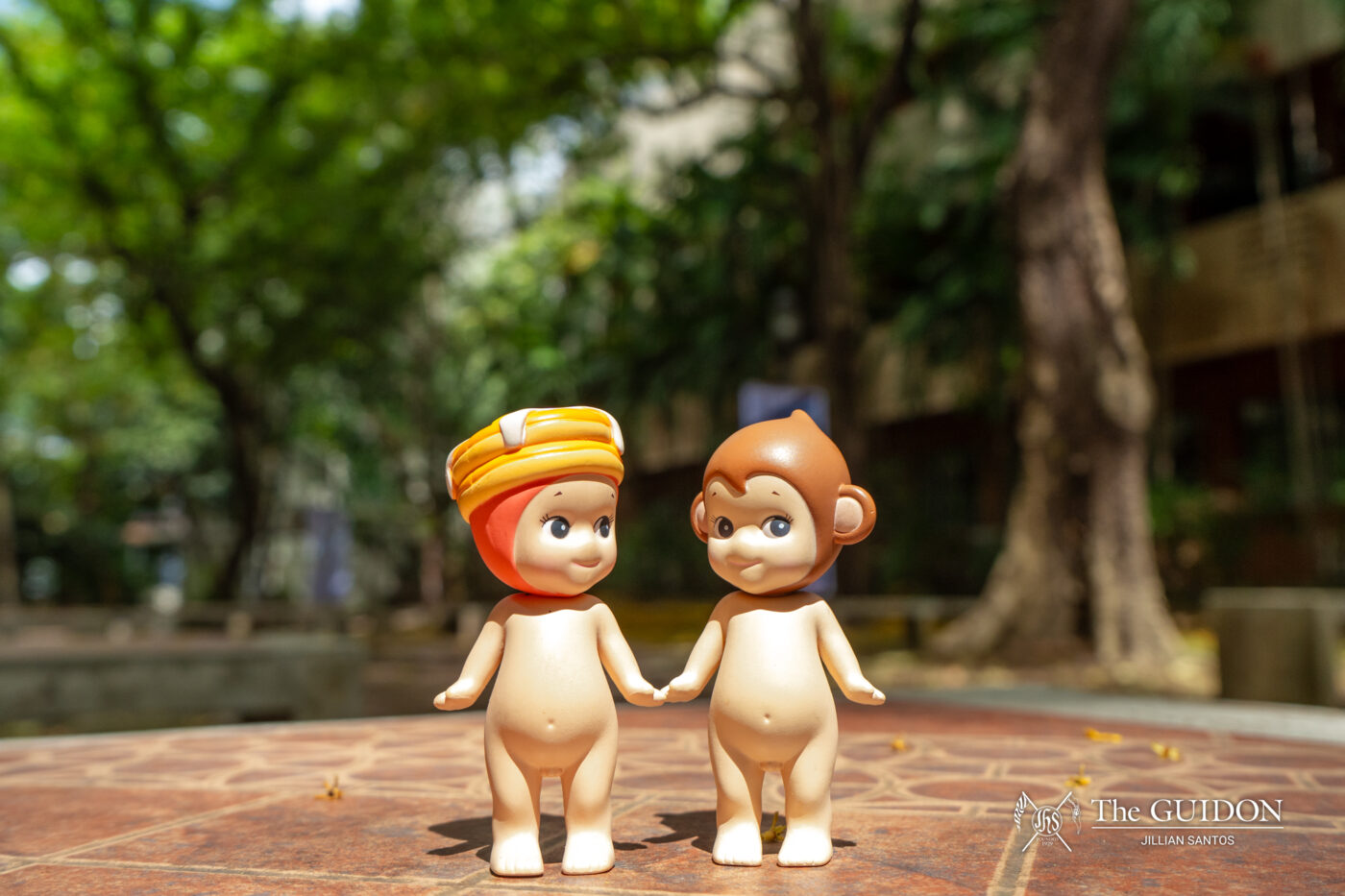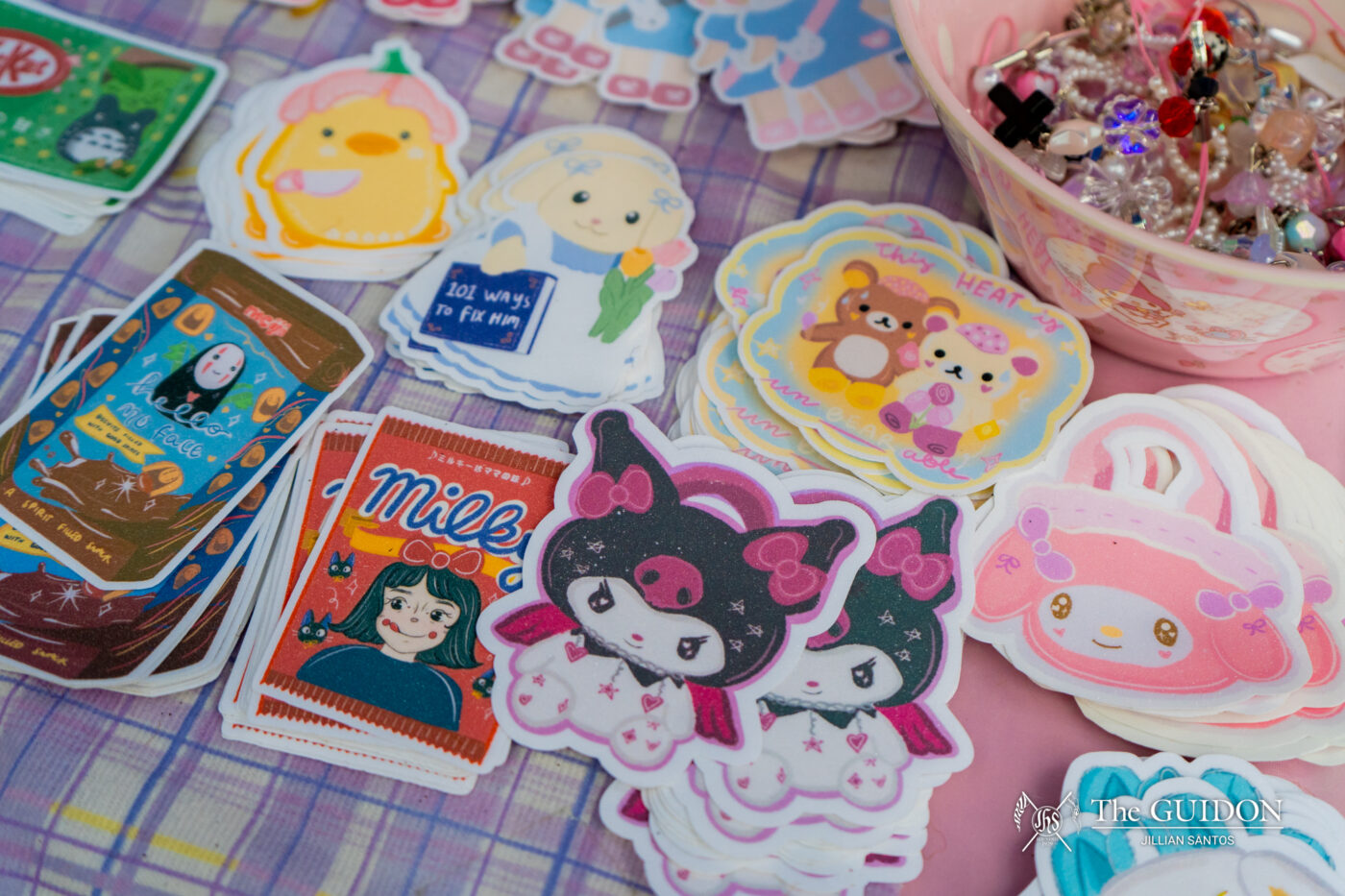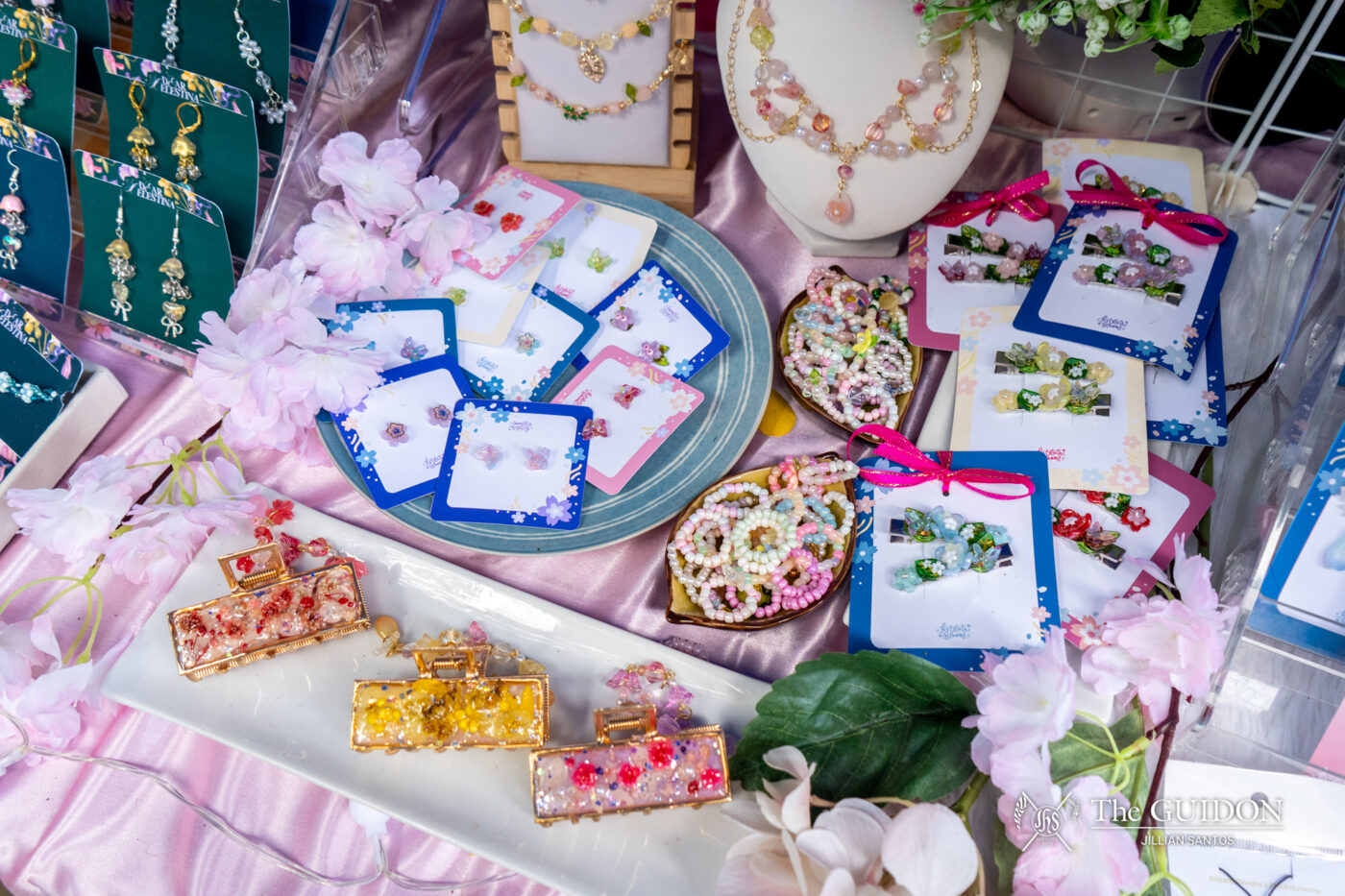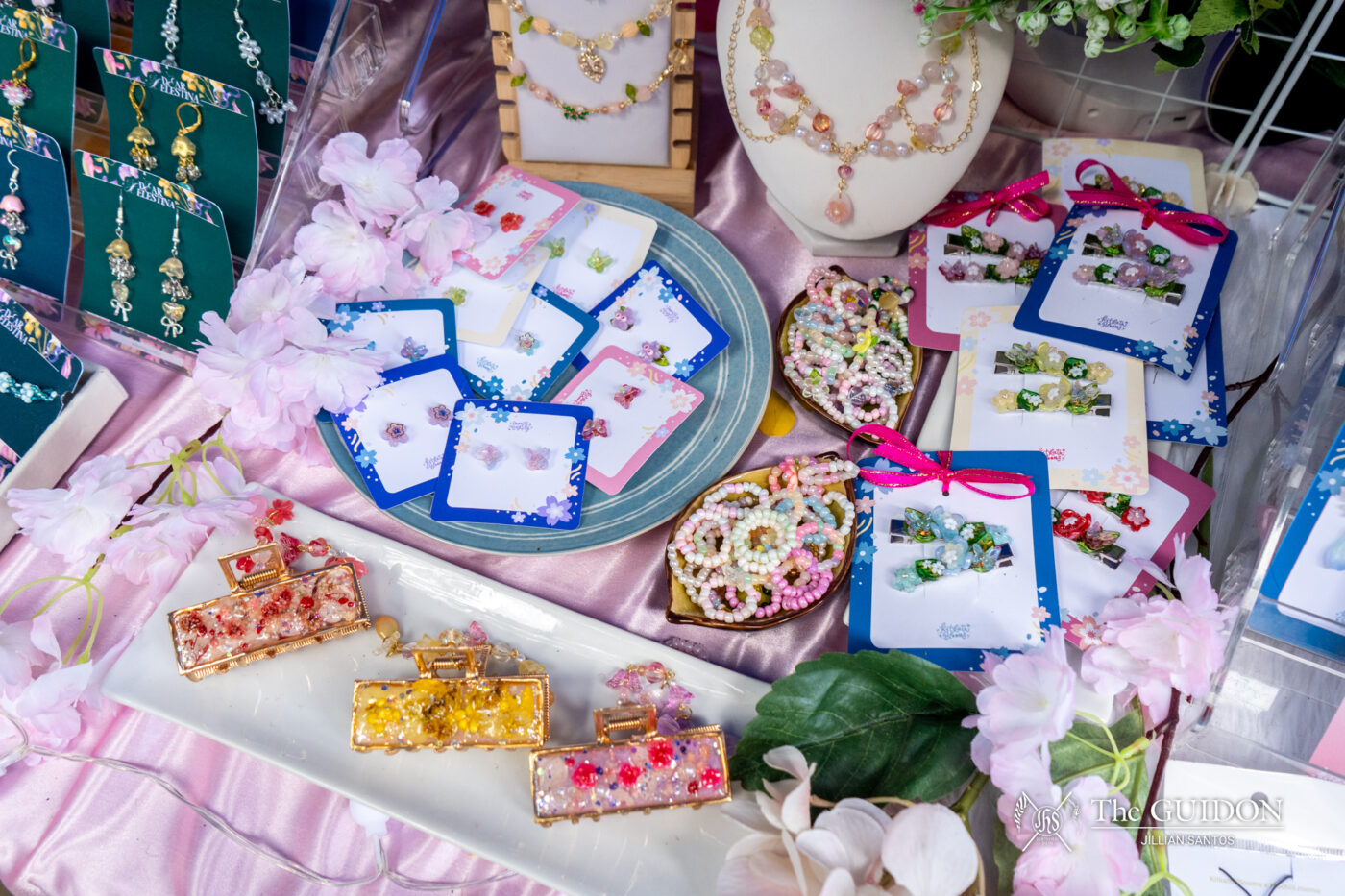The emergence of the anik-anik discourse prompts questions on sentimentality and privilege, vis-à-vis the maximalist nature of the Filipino household.
A Filipino household is a mosaic of the people who inhabit the space, accumulating possessions that carry fragments of what once was. The living room, for instance, is embellished with scribbled birthday cards and shiny golden medals. Beside that is a shelf crowded with Happy Meal toys and chipped plastic figurines. On the left are cabinets brimming with paper bags of varying colors and sizes. In the kitchen, the refrigerator is covered in magnetic souvenirs from different destinations.
Anik-anik is the general term that can describe material possessions that linger in one’s ownership, regardless of their purpose and functionality. Originating from the phrase “kung ano-ano” (of different things/this and that), the term technically refers to anything—and everything.
In the Filipino cultural context, however, anik-anik has become a term that is constantly evolving based on the experiences of those who define it. The contrast between the humble mementos and elaborate figurine collections has stirred up online discourse on the origins of the term anik-anik, with netizens dubbing themselves as “anik-anik girlies” while flaunting their collections of Sonny Angels, Smitzkis, and the like.

Of sentimental value
For Fine Arts Department Instructor Allan Pastrana, the concept of collecting anik-anik is generational. Anik-aniks are passed down from one family member to another and are kept within the Filipino household.
Pastrana frequently encountered the term anik-anik from his parents and older relatives. Back then, his mother collected several knick-knacks and vintage items that have been his constant companions as he grew up in their home.
“My mom would collect a lot of old things that were passed down from my grandmother or great-grandmother,” Pastrana says. With enthusiasm, he describes a batirol (a traditional wooden stirrer) that was passed down from his great-grandmother for the family to make traditional chocolate drinks.
With experience growing up in a household filled with anik-anik himself, Pastrana mentions that there is something cultural in the image of a Filipino household, adorned with assorted objects and trinkets. For him, this maximalist tendency evident within the Filipino is apparent in the aesthetic of the anik-anik girlie.
When anik-anik is considered a maximalist aesthetic, the audience is compelled to contextualize those who consider themselves part of that. Furthermore, Pastrana relates this notion to the endless possibilities that a maximalist style could offer. “A lot of these maximalist ways of seeing almost always becomes a veritable questioning of the hierarchies—of authority, of value, of history, so [it’s like] you have that sort of endless possibility,” Pastrana says.
For Pastrana, a maximalist integrates their tendencies of sentimentality with their daily experiences. Even in the most mundane circumstances, maximalists find meaning in their interactions and perspectives with the world they encounter.
Ephemera collectors
Reflecting the sentimental nature of maximalists, Lian* (1 BFA ID) is an artist who has been a keen collector ever since she was a kid. She finds solace in her walls pasted with wrinkled and multicolored hotel posters and feels a sense of warmth in the boards bombarded with vinyl stickers of her favorite cartoons. She sees herself in the shelves lined with rows of tiny figurines standing as guardians of her memories.
“It’s also seen in my art na (that) I want white space to be full. I just really love that there’s nothing empty around my space,” Lian says.
Currently, her collections range from pieces of stationery and small plastic toys to more high-end collectibles, such as Sonny Angels and other sought-after Pop Mart figurines. With an artistic orientation, Lian is able to see the creativity behind the designs of trending figurines. After finding out about these products from her peers and social media, she visits stores like Fully Booked or Filbar’s to purchase them with a Php 1,000 budget. Despite that, Lian says that she does not own a lot of Sonny Angels figures due to the products’ high prices, usually ranging from Php 400 to Php 600.

Lian considers herself a maximalist who owns an array of collections holding sentimental value. A part of Lian’s identity stems from sharing the stories behind her emotional connection with the items in her bedroom. Despite her sentimentalities toward her possessions, she is faced with hesitation as she keeps up with the online discourse debating what an anik-anik girlie should be, or should not be.
In Lian’s point of view, collectibles like Pop Marts and Sonny Angels should not be considered as anik-anik. Instead, she simply considers these items as collectibles. Although these collectibles are considered “blind boxes,” the side of the box displays the limited number of figurines that one may receive.
For Lian, anik-anik are objects she happens to find in the corners of her home or cluttered thrift stores. These items are seemingly considered “novelty,” but still ultimately become personal to the owner. Thus, Lian insists that a newly purchased Sonny Angel does not compare to the sentimental value of other personal items that have been with her throughout the years. As such, she believes that anyone can have their own version of anik-anik—but with a caveat, as the current anik-anik culture should be reexamined.
Personal and shared culture
The anik-anik culture is always accompanied by each individual’s contexts. Pastrana elaborates that personal experience shapes what one would and would not consider as anik-anik.
“[The concept of] ‘aesthetics’ is not really a single, standard, monolithic idea of beauty. It’s a way of seeing and perceiving. I think that’s the reason why there are so many different dimensions to this anik-anik discourse,” Pastrana shares.
Many who have resonated with the concept of the anik-anik girlie may witness the term evolve into other meanings and feel uncomfortable with it, especially when it involves a socioeconomic class layer.
Pastrana sees value in the discourse because it provides insight into Filipino culture and its nuances. He says that one’s socioeconomic context shapes one’s consumer attitudes and purchasing power, which affects the way they negotiate the definition of anik-anik. For instance, he mentions how people of different classes may still feel the same level of sentimental value, all while referring to completely different things.
“[The online discourse is] almost like lore that’s passed down, and part of that lore is forging particular ways of understanding the term. The class-specific experience that’s associated or attached to the term, in a way, is validation for how they live their lives, how they thrive in spite of a lot of things,” he shares.
For Lian, the usage of the term should be interrogated, especially when collections can be considered as markers of social class. Some individuals do purchase trivial items solely for the sake of adding something to their collection. Some, on the other hand, consume because they have no choice but to consume—only after a period of time do they feel a sense of fondness towards these purchased items.

At its core, anik-anik goes beyond monetary value, seeping into shared cultures. As the anik-anik girlie collects fragments and timestamps of the world as she feels it—filling up empty spaces with memories and experiences that make life worthwhile—the phrase “kung ano-ano” is transformed into something personal. The anik-anik girlie, then, becomes a cultivation of a Filipino home that treasures random yet meaningful items, embedded with stories of how Filipinos experience the world around them.







